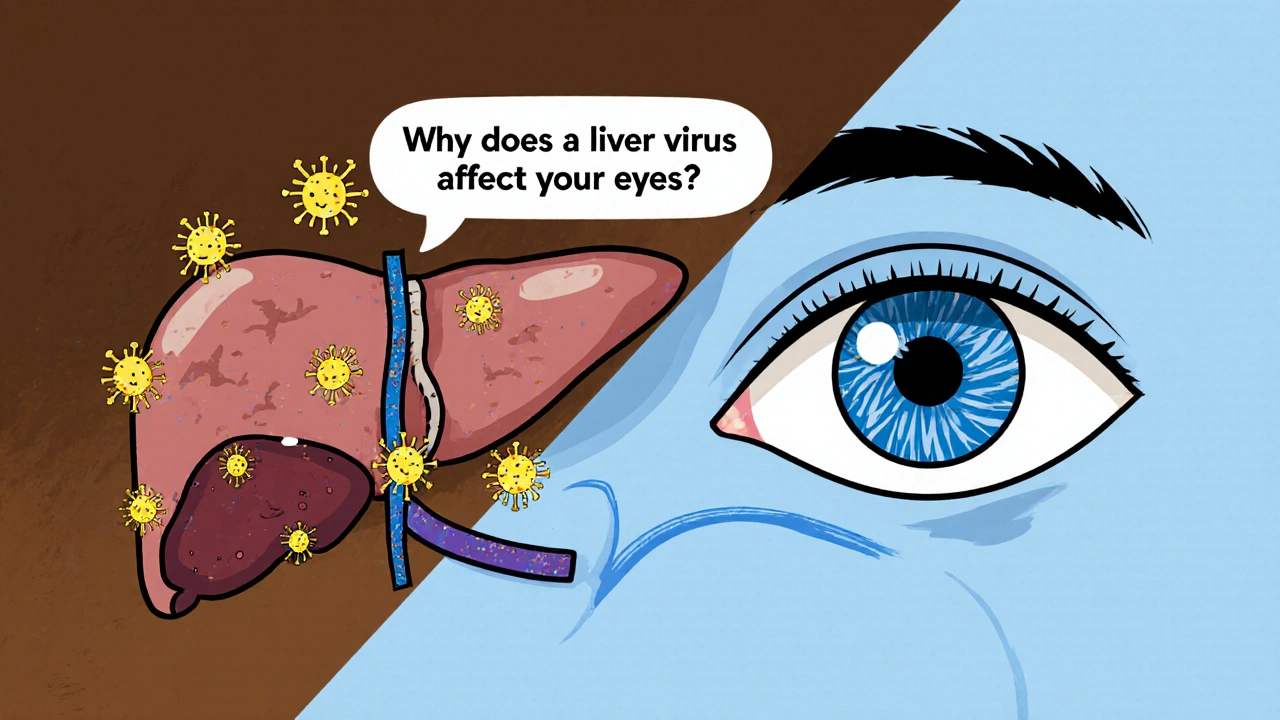When dealing with genotype 3 hepatitis C, a specific genetic variant of the hepatitis C virus that tends to affect younger adults and can lead to faster liver disease progression. Also known as HCV genotype 3, it requires a tailored approach compared to other HCV strains. This variant encompasses unique challenges, such as a higher risk of steatosis and variable response to standard therapy.
The Hepatitis C virus, a blood‑borne RNA virus with multiple genotypes, is the root cause of the disease. Within this viral family, genotype 3 stands out because it requires specific drug combinations to achieve cure rates above 95%. One of the most important breakthroughs is the use of direct‑acting antivirals, agents that target viral proteins to halt replication. These drugs, like sofosbuvir and daclatasvir, have reshaped treatment protocols, making interferon‑based regimens largely obsolete.
Another crucial factor is liver fibrosis, the scarring process that can progress to cirrhosis if the virus remains untreated. The stage of fibrosis influences drug selection and treatment length. For patients with advanced fibrosis, adding ribavirin or extending therapy may improve outcomes, while those with minimal scarring often achieve cure with a shorter course.
Understanding the interplay between these entities helps clinicians decide on the right regimen. For example, a patient with genotype 3 and stage F2 fibrosis might receive a 12‑week course of sofosbuvir + velpatasvir, whereas an F4 patient may need a 24‑week plan with ribavirin added. These decisions reflect the latest guidelines from major liver societies and are backed by large‑scale clinical trials.
Beyond drugs, lifestyle and monitoring matter. Regular liver ultrasound, blood tests for ALT/AST, and non‑invasive fibrosis scores keep the disease in check. Patients often wonder whether alcohol, diet, or exercise affect cure rates. Evidence shows that reducing alcohol intake and managing metabolic health can lower the chance of post‑treatment liver disease, especially for genotype 3 which is linked to fatty liver changes.
The collection of articles you’ll find below dives into each of these topics in depth. You'll see side‑by‑side comparisons of popular direct‑acting antivirals, practical tips for handling ribavirin side effects, and easy‑to‑follow guides for interpreting fibrosis scores. Whether you’re a patient looking for clear next steps or a healthcare professional seeking the latest data, the posts cover the full spectrum of genotype 3 management.
Ready to explore the specifics? Below you’ll discover detailed breakdowns of treatment options, real‑world patient stories, and up‑to‑date research findings that together give a complete picture of living with and conquering genotype 3 hepatitis C.

Explore how genotype 3 chronic hepatitis C can affect eye health, the symptoms to watch for, screening steps, and treatment options to safeguard vision.
read more